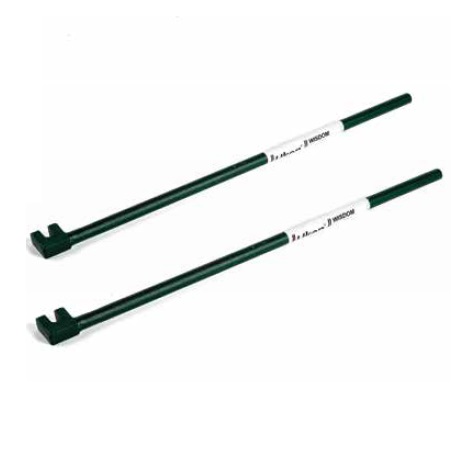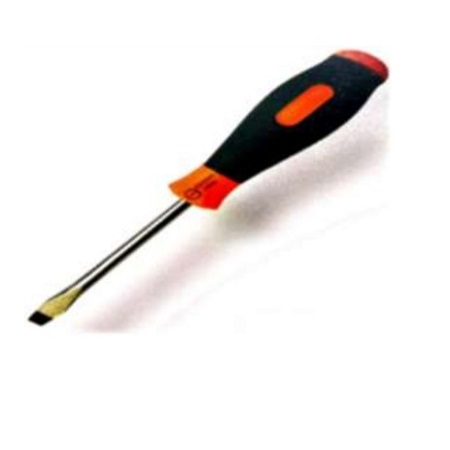Gypsum board, commonly known as drywall, is the technical product name used by manufacturers for a specific board with a gypsum core and a paper facing.
Gypsum board is the premier building material for wall, ceiling, and partition systems in residential, institutional, and commercial structures and is designed to provide a monolithic surface when joints and fastener heads are covered with a joint treatment system.
is a panel made of calcium sulfate dihydrate (gypsum) with or without additives and normally pressed between a facer and a backer (typically thick sheets of paper). It is used to make interior walls and ceilings.
One principal advantage of gypsum board over plywood, hardboard, and fiberboard is its strong fire resistance. Gypsum products also provide sound control, economy, versatility, quality, and convenience.
Gypsum board is a panel made of calcium sulfate dihydrate (Gypsum) with or without additives and normally pressed between a facer and a backer (typically thick sheets of paper). It is used to make interior walls and ceilings. Gypsum board is often called drywall, wallboard, or plasterboard. It differs from other panel-type building products, such as plywood, hardboard, and fiberboard, because of its noncombustible core and paper facers. When joints and fastener heads are covered with a joint compound system, gypsum wall board creates a continuous surface suitable for most types of interior decoration.
One principal advantage of gypsum board over plywood, hardboard, and fiberboard is its strong fire resistance. Gypsum products also provide sound control, economy, versatility, quality, and convenience.
Advantages of Gypsum Board Construction :
- Suitable for wide range of decorative finishes
- Light in weight and easy to install
- Suitable for internal constructions of partitions and ceilings
- Ease Of Installation
- Fire Resistance
- Sound Isolation
- Durability
- Economy
- versatility
APPLICATION OF GYPSUM BOARD :
Gypsum board can be applied over wood or metal framing or furring. It can be applied to masonry and concrete surfaces, either directly or to wood or metal furring strips. Do not allow gypsum board to directly contact surfaces, such as concrete or soil, with potentially high moisture contents. Most common in residential construction is the gypsum wallboard system1in which the joints between the panels and internal corners are reinforced with tape and covered with joint compound to create a surface suitable for final decoration.External corners are normally reinforced with either a metal or plastic corner bead which in turn is covered with joint compound. Exposed edges are covered with metal or plastic trim. The result is a smooth, unbroken surface ready for final decoration of paint, textures, wallpaper tile, paneling, or other materials.
 Cash on delivery available
Cash on delivery available
 Return allowed
Return allowed
.jpg)
.jpg)
.jpg)
.jpg)
.jpg)
.jpg)
.jpg)
.jpg)
.jpg)
.jpg)
.jpg)


.jpg)
2.jpg)
.jpg)

